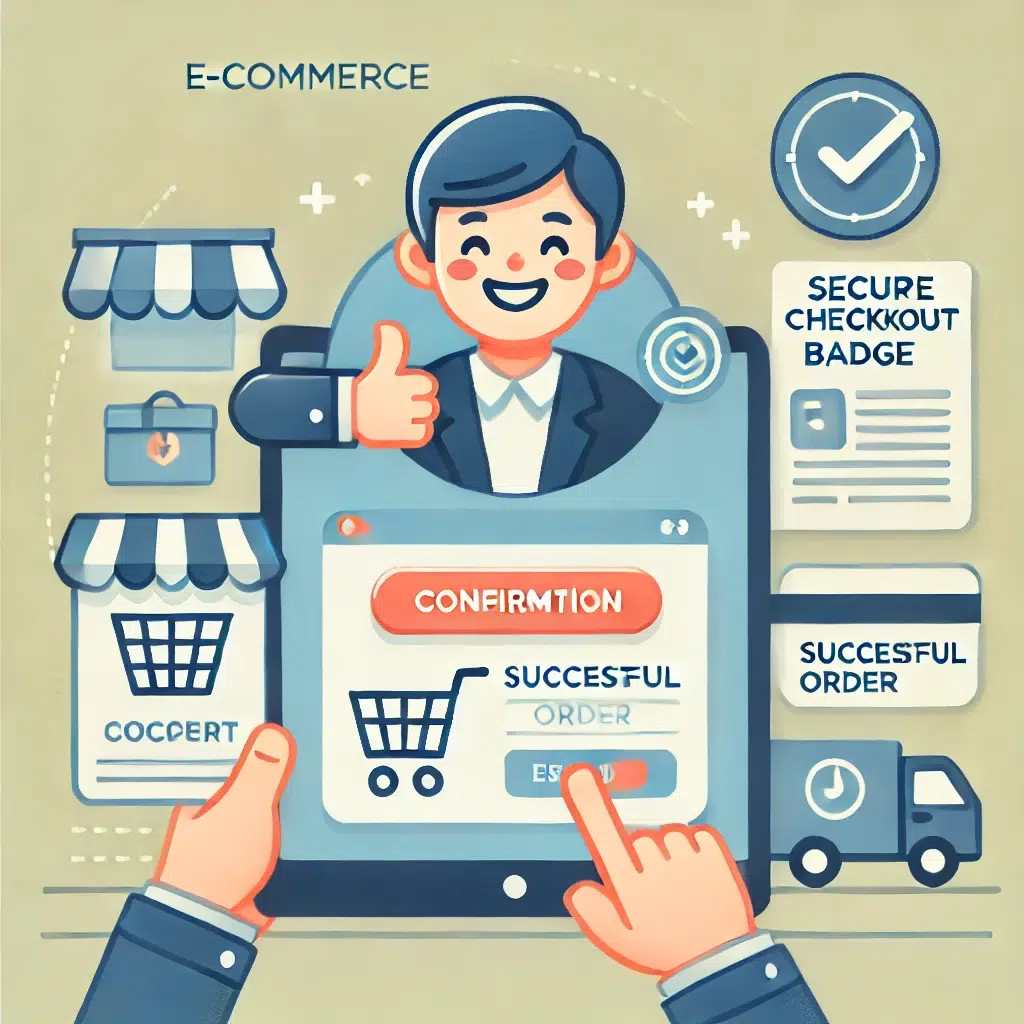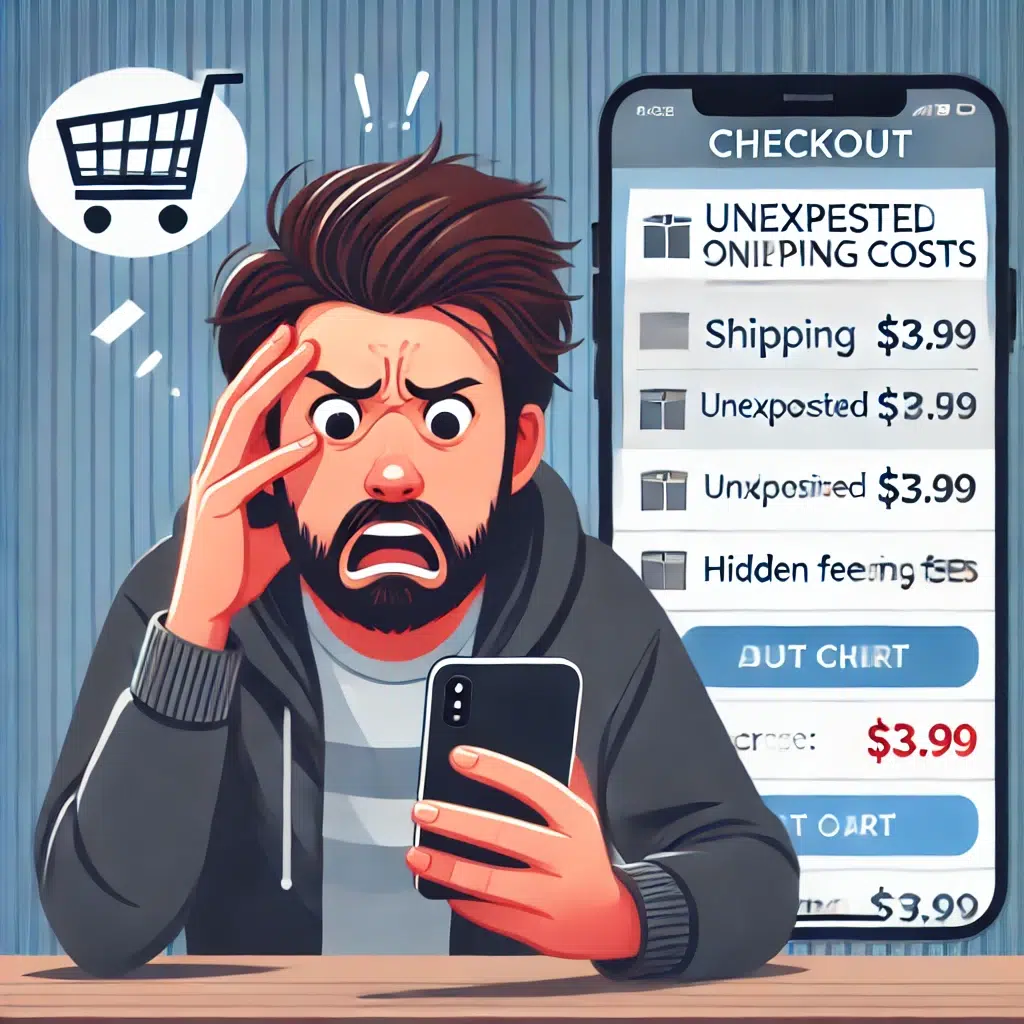How to Reduce Cart Abandonment and Boost E-commerce Sales
How to Reduce Cart Abandonment and Boost E-commerce Sales
Cart abandonment is a significant challenge in e-commerce marketing, with an average abandonment rate of approximately 70% across industries. This means that for every ten shoppers who add items to their carts, only three complete their purchases. Addressing cart abandonment is crucial for improving conversion rates and maximizing revenue.
Why Do Shoppers Abandon Their Carts?
Understanding the root causes of cart abandonment is the first step toward implementing effective solutions. Here are the most common reasons why customers abandon their shopping carts:
Unexpected Costs
Additional charges such as shipping fees, taxes, and service fees can deter customers from completing their purchases. If the total cost at checkout is higher than expected, many shoppers will abandon their carts and look for alternatives.
Complicated Checkout Process
A lengthy or complex checkout process frustrates users, making them more likely to abandon their purchase. The more steps required to complete a transaction, the higher the likelihood of losing potential customers.
Lack of Payment Security
Many online shoppers hesitate to enter their payment details if they do not trust the security of the checkout process. A lack of trust badges, SSL encryption, and secure payment options can contribute to abandonment.
Limited Payment Options
Offering only a few payment methods can exclude potential buyers. Some customers prefer credit cards, while others trust PayPal, Apple Pay, Google Pay, or Buy Now, Pay Later (BNPL) services.
No Guest Checkout Option
Forcing users to create an account before purchasing can be a major barrier. Many shoppers abandon their carts when they are required to go through the hassle of account creation.
Strategies to Reduce Cart Abandonment

1. Simplify the Checkout Process
A smooth and seamless checkout experience is key to reducing cart abandonment rates.
Minimize Steps
Reduce the number of steps required to complete a purchase. A one or two-page checkout process minimizes friction and keeps customers engaged.
Enable Guest Checkout
Allow shoppers to complete their purchases without creating an account. After checkout, offer the option to create an account for future convenience.
Autofill & Save Details
Implement autofill features for addresses and payment information. Allow customers to securely save their details for a faster checkout experience in future purchases.
Mobile Optimization
With mobile commerce on the rise, ensuring that your checkout process is mobile-friendly is crucial. Large buttons, easy-to-use form fields, and quick payment options improve the experience for mobile users.
2. Be Transparent About Costs
Display Full Costs Upfront
Clearly show shipping fees, taxes, and other potential costs before the checkout page to set clear expectations and prevent surprise charges.
Offer Free Shipping
If feasible, provide free shipping to encourage customers to complete their purchases. If offering free shipping is not viable, consider setting a minimum order threshold to qualify for it.
Clear Pricing Breakdown
Use a summary box that details item costs, applied discounts, shipping fees, and the final total. Transparency builds trust and reduces hesitation.
3. Enhance Payment Experience
A seamless and secure payment experience can significantly reduce cart abandonment.
Multiple Payment Methods
Offer various payment options to cater to different customer preferences. Credit/debit cards, PayPal, Apple Pay, Google Pay, and BNPL services enhance convenience.
Secure Payment Processing
Use SSL encryption and display security badges from reputable payment providers to reassure customers that their payment information is safe.
One-Click Payments
Enable returning customers to complete their purchases with a single click using solutions like Shop Pay, Google Pay, or PayPal Express Checkout.
4. Implement Exit-Intent Popups
Exit-intent popups are triggered when a user moves their cursor towards the close button or navigates away from the page.
Effective Exit-Intent Strategies:
- Limited-Time Discounts: Offer a special discount to encourage immediate purchases.
- Free Shipping Incentives: Motivate users by providing free shipping if they complete their order.
- Scarcity Reminders: Highlight stock limitations to create urgency.
- Save My Cart Options: Allow users to email themselves their cart contents for future reference.
5. Utilize Abandoned Cart Email Sequences
Email marketing can help recover lost sales by reminding customers about their abandoned carts.
Abandoned Cart Email Strategy:
- First Email (After 1-3 Hours): A friendly reminder showcasing abandoned items with a clear CTA.
- Second Email (After 24 Hours): Introduce urgency with phrases like “Your cart is about to expire” and offer an incentive.
- Final Email (After 48 Hours): A last-chance reminder emphasizing benefits like free returns and secure checkout.
6. Implement Retargeting Ads
Retargeting ads follow customers who left your site without purchasing and remind them of their abandoned cart.
Best Retargeting Strategies:
- Dynamic Ads: Display the exact products left in the cart.
- Urgency Messages: Use time-sensitive offers.
- Discount Offers: Provide special deals for returning shoppers.
- Multi-Platform Retargeting: Use Facebook, Instagram, Pinterest, and Google Display Network.
7. Optimize Post-Purchase Experience
A great post-purchase experience ensures customers return for future purchases.
Best Practices:
- Prompt Order Confirmations: Send instant confirmation emails.
- Proactive Order Updates: Provide tracking details and estimated delivery times.
- Easy Returns: Offer a hassle-free return policy.
8. Leverage Social Proof & Reviews
Customers trust peer reviews more than advertisements.
Ways to Use Social Proof:
- Show Customer Testimonials
- Include Product Reviews & Ratings
- Display Trust Badges & Certifications
Conclusion

Reducing cart abandonment requires a multifaceted approach that addresses the common reasons why shoppers leave without completing their purchases. By simplifying checkout, enhancing payment security, using exit-intent popups, implementing retargeting strategies, and optimizing post-purchase experiences, e-commerce businesses can significantly improve conversion rates and maximize revenue.
With the right strategies in place, you can turn lost sales into recovered revenue and create a seamless shopping experience that keeps customers coming back







